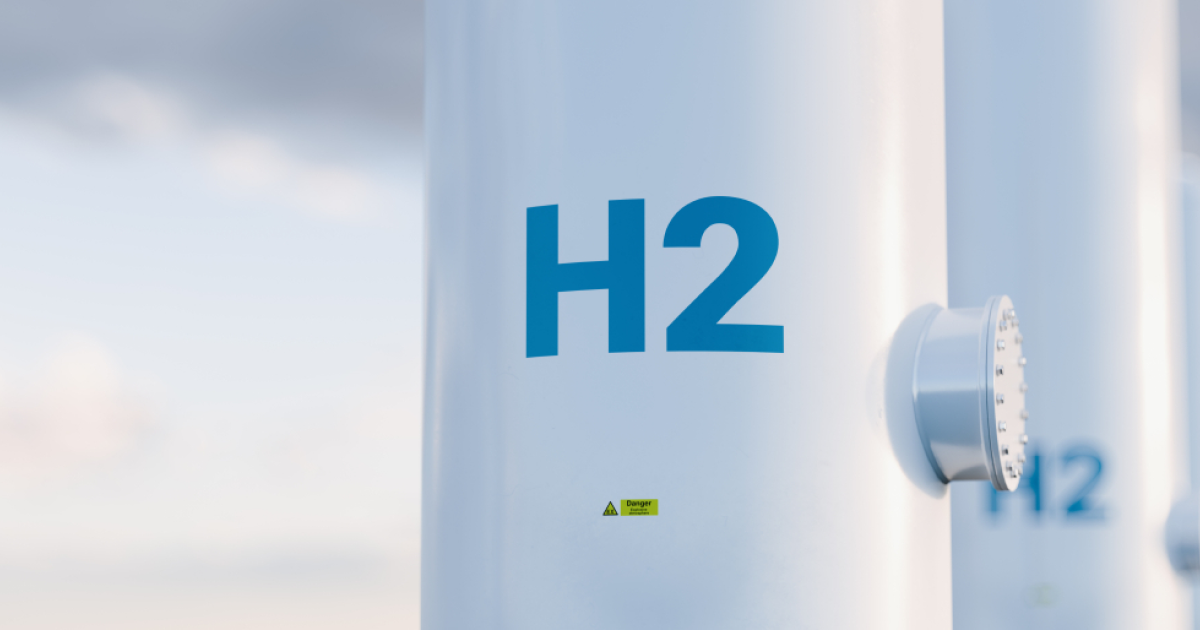
Both technologies have been identified as critical components of the country's quest for carbon neutrality
The German government has approved two bills aimed at accelerating the integration of hydrogen and carbon capture technologies into the country’s energy and industrial systems. This is reported by Euractiv.
Both technologies have been identified as critical components of the country’s drive to become carbon neutral by 2045, while maintaining heavy industry.
As for carbon capture and storage, Germany has had limited use of this method. However, Berlin has reconsidered its position, estimating the need to capture 34 to 73 million tons per year by 2045.
According to the new bill, carbon-intensive industries that cannot be electrified, with the exception of coal-fired power plants, will be able to use this technology. It will also create a legal framework for the development of CO2 pipeline infrastructure.
Companies will be allowed to store carbon at the bottom of the North Sea or domestically if the federal states allow it on their territory. Geologically, Germany has between 1.5 and 8.3 billion tons of CO2 storage capacity under its part of the North Sea and can store up to 20 million tons annually.
The draft law on hydrogen technologies will accelerate the construction of the relevant infrastructure, import and production facilities. It will also grant this infrastructure the status of “overriding public interest,” meaning that the authorities will prioritize it in the approval process.
Permitting procedures are expected to be simplified and digitized, and court cases challenging hydrogen projects and environmental impact assessments are expected to be reduced.
Germany wants to expand the use of hydrogen as a future energy source to reduce greenhouse gas emissions from highly polluting industrial sectors that cannot be electrified, such as the steel and chemical industries. It should also reduce dependence on imported fossil fuels.
In April 2024, the German government coalition agreed on a financing mechanism for the country’s future hydrogen network, extending its construction period to 2037 and providing investor protection in case of bankruptcy.




